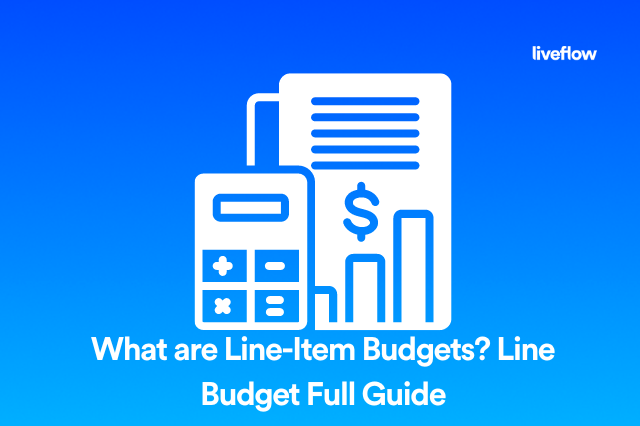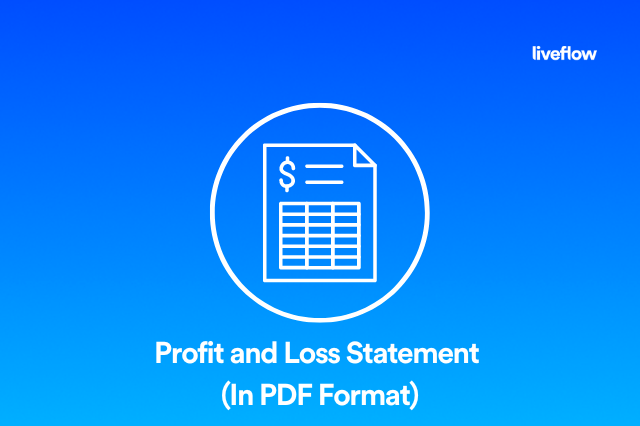Unpaid invoices can be a significant source of stress and anxiety for businesses, especially small businesses. It can be difficult to know what to do when invoices go unpaid, and legal action is not always the best option.
In this article, we will discuss what unpaid invoices are, how to account for them, and strategies for successfully chasing unpaid invoices.
What is an Unpaid Invoice?
An unpaid invoice is an invoice that has not been paid within the agreed-upon timeline. This can be due to a customer not paying the invoice or a customer simply forgetting to pay the invoice. It is important to keep track of unpaid invoices and take action to ensure that they are paid in a timely manner. Unpaid invoices can be a sign of cash flow problems and can lead to financial difficulties if they are not dealt with quickly.
5 Tips on How to Collect Unpaid Invoices
If you’re a freelancer, entrepreneur, or small business owner, you know the importance of getting paid for your services or products. Unfortunately, there are instances where clients don’t pay their invoices on time. Fortunately, there are ways to collect unpaid invoices and get your money back. Here are five proven tips to help you do just that.
1. Establish a Payment Policy
If you want to collect unpaid invoices, you need to start by establishing a payment policy. This will help ensure that your clients know how, when, and what to pay for their services. Your payment policy can be a formal document or a simple written or verbal agreement. It doesn’t matter what format it takes, as long as both you and your clients are on the same page with regards to payment. If you follow a certain payment policy, then your clients will be more likely to follow it as well. If they breach the policy, then you have the right to enforce penalties, including not doing business with them again.
2. Send Reminders
If a client doesn’t pay their invoice on time, send them a reminder. This will help you get their attention and put them on notice. It’s also important to send a reminder if a client pays you part of the invoice and promises to pay the rest later. A reminder isn’t an ultimatum, but it does show the client that you’re serious about getting paid.
You should send your reminder a few days after the due date. You should also send it via email because it's the easiest way to get in touch with your clients. If there's a specific reason why the client didn't pay on time, include it in the reminder email. If the payment is past due, you may want to mention the consequences of not paying, such as initiating legal action.
3. Follow Up with Phone Calls
If sending a reminder doesn’t work, then follow up with a phone call. It’s important to be respectful and professional when following up with phone calls, especially if you’re contacting the client’s employer. If possible, try to speak with someone in a managerial position to avoid getting transferred around the office.
Be clear about the reason for your call, and let the person know that you're calling on behalf of the client. If they're trying to avoid you, they might simply put you on hold or transfer you to a voicemail. If this happens, then leave a clear message that outlines your issue and request a callback.
4. Offer Payment Plans
If a client doesn’t pay their invoice on time, offer a payment plan. This will help you collect the amount you’re owed while giving the client a chance to pay you back. This can be beneficial for both parties, but it’s important to have a payment plan in writing.
If the client is willing to sign a written agreement, make sure to get them to initial and sign it. Depending on the situation, you might have to get a lawyer to draw up the paperwork. Make sure to include a due date, interest, and a late fee if the client misses their payment. If the client misses a payment, don’t let it go further.
5. Hire a Collections Agency
If you’ve gone through the steps above but the client still doesn’t pay, then it’s time to hire a collections agency. Before hiring a collections agency, make sure to do your research and find a trustworthy company. You can also check with your state or local consumer protection agency to see if there are any complaints against the company you’re considering.
If the collections agency has the client’s information, it will begin the process of collecting your owed amount. The agency will send the client letters, phone calls, and emails, and it will also put the debt on their credit report. If the client still doesn’t pay, the agency will use legal action to force the client to pay.
How to Communicate with Clients About the Issue
When it comes to dealing with unpaid invoices, communication is key. It’s important to be polite and professional when communicating with clients about their unpaid invoices.
Here are some tips to help you effectively communicate with clients about unpaid invoices:
· Make sure to clearly explain the payment terms on your invoice.
· Follow up with clients in a timely manner.
· Avoid sending too many reminders as this can be off-putting.
· Remain professional and polite in all your communications.
· Offer payment plans or other payment options as needed.
· Be willing to negotiate payment terms if needed.
· Be willing to work with clients and come up with a solution.
Other Unpaid Invoice FAQs
Can you write off unpaid invoices?
Yes, you can write off unpaid invoices. However, this should only be done as a last resort. Writing off an invoice means that you are no longer expecting the customer to pay the invoice. It is important to be aware of the implications of writing off an invoice. This can have an impact on your financial records and can also impact your credit score. It is best to avoid writing off an invoice, if possible, as this can have long-term consequences.
What happens if an invoice is not paid?
If an invoice is not paid, there are a few steps that you can take. Firstly, you should contact the customer and explain the situation. You should also request payment from the customer, as this is the most effective way to make sure that the invoice is paid. If the customer does not respond, you may need to take legal action. It is important to have a clear understanding of the legal process before taking this step. You should also consider the cost of legal action, as this can be expensive.
How do you account for an unpaid invoice?
Unpaid invoices should be recorded in your financial records. This will help you to keep track of the outstanding invoices and ensure that they are paid in a timely manner. Accounting for unpaid invoices can be complicated and time-consuming, so it is important to have a clear system for tracking them. You may want to consider using accounting software such as QuickBooks to help you manage your invoices.
How long can an invoice be unpaid?
The length of time that an invoice can be unpaid depends on the terms of the agreement between you and the customer. Generally, invoices should be paid within 30 days, but this can vary depending on the situation. Either way, you should be aware of the timelines for payment and take action if the invoice is not paid within the agreed-upon timeframe. It is also important to keep track of overdue invoices and take steps to ensure that they are paid in a timely manner.
Conclusion
Chasing unpaid invoices is an important part of running any business. Unpaid invoices can cause cash flow issues and make it difficult to manage your business's finances. In order to successfully chase unpaid invoices, businesses should use a combination of strategies, such as sending reminders, following up with phone calls, negotiating payment plans, and taking legal action. Utilizing these strategies can help businesses to get the money they are owed and maintain positive relationships with their customers.
Recommendation
LiveFlow is one of the best small business accounting platforms on the market in 2023. The site offers time-saving templates and numerous tools that can help you simplify and automate your bookkeeping processes, such as the new Live Budget vs Actuals tool. The best part is that you can explore all of the great features of the platform risk-free with a free demo, so be sure to check out LiveFlow today.









